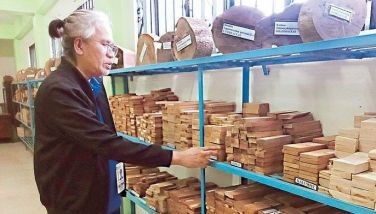CHR goes high-tech in monitoring human rights cases
The Commission on Human Rights (CHR) is going high-tech in its crusade to step up advocacy and the defense of people’s rights.
The nation’s human rights authority yesterday unveiled a Martus system-based investigation module that is expected to “definitely help solve” the cases of unexplained killings and enforced disappearances filed before the CHR.
Funded by the Asia Foundation, the “CHR Investigation Module of the Martus-based Executive Information System (EIS)” is expected to enable the CHR “to effectively monitor its investigation operations, track the status and progress of cases and supply information for research and policy development.”
“(It would now be) just a few clicks away,” declared CHR chair Leila de Lima.
Features and capabilities of the EIS were demonstrated by the CHR’s information technology experts at yesterday’s project launch.
“It took lots of mental calisthenics and research from the CHR IT team to come up with a user-friendly system to track human rights cases all over the country,” De Lima said.
“This indeed is a good development not only for the CHR but more so for its clients and stakeholders,” she added.
As head of the CHR’s 4th Commission, De Lima vowed to closely monitor human rights cases throughout the country, as she instructed CHR commissioners and all CHR investigators, lawyers, and information officers across the nation to do the same.
The CHR has 15 regional offices, including the National Capital Region (NCR), and seven sub-offices nationwide.
To ensure the effectiveness of the investigation module, De Lima said they have conducted seminars and workshops on the system in Davao and Metro Manila, in cooperation with the Asia Foundation.
She also said that more training activities are scheduled for CHR and other users of the system, including non-government organizations, with the assistance of the United States Agency for International Development (USAID).
- Latest
- Trending






























